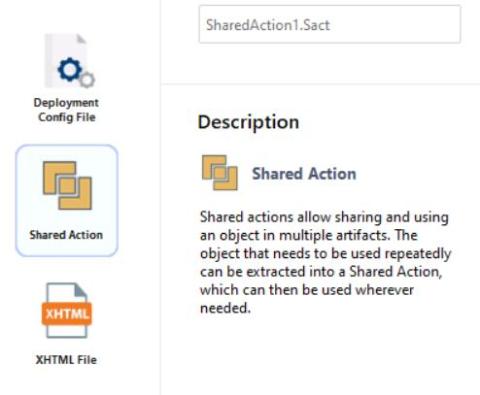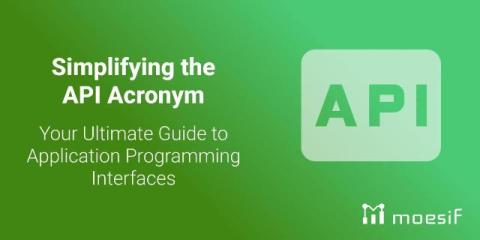Data Transformation Showdown: Integrate.io vs. Power Query
Data transformation tools have become an essential part of the dynamic data analytics field in business today, turning raw data into effective and meaningful insights that businesses can utilize. This process involves changing data from one format to another so that it is suitable for accurate and consistent analysis. The right tool for data transformation can drastically improve efficiency for any business. The choice depends on several factors, such as ease of use, capabilities, performance, and price.











